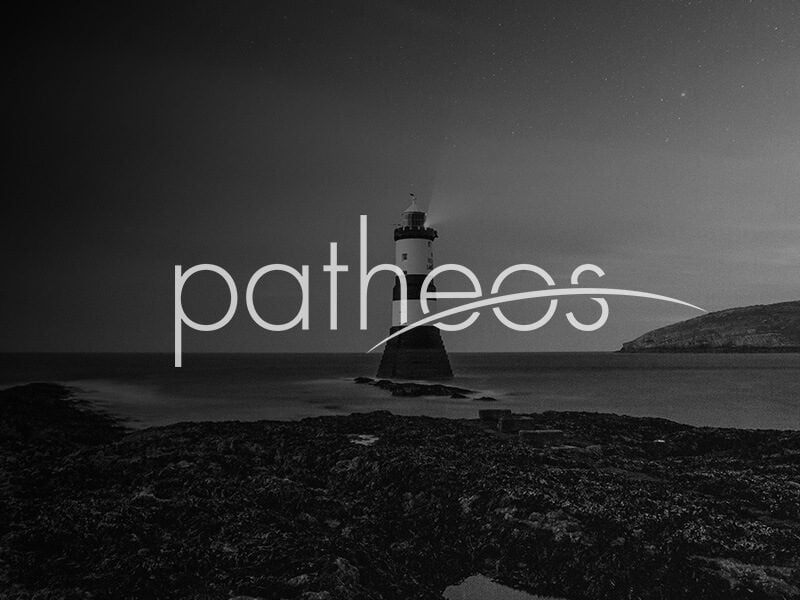Pretty lies and the moral of the story
Morality seems to be the talk of the nation at the moment.
What is morality? Who is moral? And whose morals are we talking about anyway?
As just about every newspaper columnist in the free world has offered his or her opinion on The Great Moral Debate of ’04, I will demur.
But I will beg your indulgence in order to share a moral tale I heard recently.
It came from a nice Jewish lady from Queens, New York — Agnes Adachi — whom I had the pleasure of meeting earlier this week.
She is 86. And they call her the Hungarian Horse.
Not because she bears any resemblance whatsoever to an equine beast of burden. The description refers to something you can’t see. Her character.
When she was in her 20s, Agnes, a native of Budapest, worked side-by-side with one of the great heroes of World War II, Swedish diplomat Raoul Wallenberg, who is credited with saving more than 100,000 Hungarian Jews — Agnes among them — during the Nazis’ so-called Final Solution.
Raoul Wallenberg
Toward the end of 1944, Nazis decided an efficient way to murder Hungarian Jews was to take them to the shore of the icy Danube River, tie three together, shoot the middle one, and toss them in.
Two weeks before Christmas 1944, Wallenberg walked into his offices at the Swedish Legation in Budapest and asked who among his aides could swim. Agnes, then 26, raised her hand. (She had been the best swimmer in her high school class.)
What happened next is nothing short of superhuman.
“Raoul said, ‘Let’s go!’ Two diplomats and myself, we went down to the Danube with the Swedish Red Cross, we turned off the lights and we synchronized with the shooting. And the three of us jumped in fully clothed. I was in a fur coat,” Agnes was telling me the other day, recounting her amazing tale with the enthusiasm of, well, a 26-year-old.
Agnes, who was Wallenberg’s assistant, and the two diplomats dived into the freezing river, over and over again, untied the ropes, and swam the victims to safety.
“Anyhow, we saved about 80 people,” she said, nonchalantly.
Agnes, a petite woman with tiny feet and slender hands, wears purple pants, dangling earrings, a pin that says “Free Raoul Wallenberg,” and a broad, playful smile. She seems perpetually joyous and looks as if she probably could dive into the Chicago River and swim a few laps right now.
She’s the kind of woman that poem “When I am an Old Woman I shall Wear Purple” was meant to describe. The kind who would spend the first $80 she earned as an immigrant in New York on season tickets to the symphony. The kind who would have her first child at 45, her second at 47, and be shocked when her obstetrician expressed concern about her age. Charmingly subversive.
A few years ago, when someone claiming to be from the Ku Klux Klan called her home and threatened to kill her, she scared the guy off by telling him her phone was tapped by the FBI. It wasn’t. It’s a trick she says she learned from Wallenberg.
She particularly relishes telling stories about how clever Wallenberg, who was 32 at the time he orchestrated the rescue of those 100,000 souls, fooled the Nazis with elaborate lies. Big whoppers. Theatrical in scope. The kind that save lives.
The feat Wallenberg is perhaps best known for — distributing thousands of Schutz-Pass, protective documents issued by Sweden (a neutral country) allowing the carrier to live relatively unmolested by the Nazis — were a total fabrication. They had no official power, but they kept thousands of Hungarian Jews and others alive, Agnes explained.
Here’s one of her favorite stories about the man she calls, ‘Our Raoul,” pronounced, dramatically, “Raaaaah-ooooh-uhl.”
One day, Wallenberg discovered three young boys in German uniforms, carrying guns, terrorizing patients and staff at his makeshift hospital. He kicked the kids to the ground, took their guns, and threw them out, daring them to send back their commanding officer, Agnes said.
A few minutes later, an officer walked into the hospital to further menace the patients and confront Wallenberg, who previously had made a point of learning the names of all the Nazi officers in Budapest.
“Simon, what took you three minutes to get here?’ Raoul said. And Simon says, ‘How do you know my name?’ And he says, ‘I know everyone’s name.’ . . . [The Nazi authorities] are looking for you. You are going to be killed.’
“And Simon says, ‘No I won’t.’ And Raoul says, ‘Yes you will because you killed by mistake a German officer, and he died here in our hospital, but before he died he gave us your name.’ ”
Was it true? Agnes pauses, smiles, and continues her story.
“Simon left without a word, and the doctor looks at Raoul and says, ‘We never had a German officer here.’
“And Raoul sits down on the floor and starts laughing hysterically, and says, ‘Of course we didn’t! But I had to get you saved, didn’t I?’ ” Agnes says, beaming.
“You know, the only thing we could save people with was lies,” she says, seriously. “Thank God.”
For centuries, theologians and philosophers have argued the morality of telling lies. Is it ever moral to tell a lie? Is it right to lie in order to save a life — yours or someone else’s?
Some moralists say a lie is always wrong, a sin no matter the occasion.
What Wallenberg and his cronies did wasn’t honest. But it surely was moral. Just as righteous as diving into a freezing river to save a drowning man.
Sometimes the ends do justify the means.
And the moral of the story isn’t black and white. Only gray.
Copyright © The Sun-Times Company
All rights reserved. This material may not be published, broadcast, rewritten, or redistributed.















